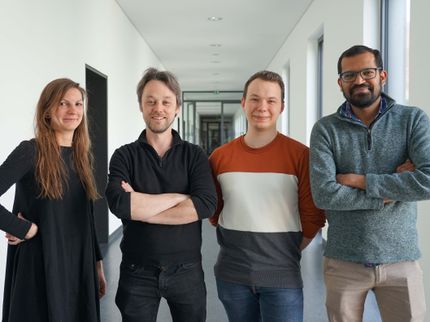A cheaper way to make a WHO-designated essential medicine
Advertisement
A fungal form of meningitis leads to more than 600,000 deaths in Africa every year and is responsible for 20 percent of HIV/AIDS-related deaths globally, according to the U.S. Centers for Disease Control and Prevention. An existing medicine could help curb these numbers, but its cost has been a barrier to access in some places. Now, scientists report a more affordable way to make the drug.
The antifungal flucytosine has been available to patients in the U.S. for decades. In 2011, the World Health Organization (WHO) recommended that patients with Cryptococcal meningitis, an infection of particular concern to people with HIV/AIDS, take flucytosine in combination with amphotericin B as a first line of defense. Flucytosine is now on WHO's Core List of Essential Medicines. However, the drug is not registered for use in many African countries, according to the non-profit Doctors without Borders, and where it is available, many patients can't afford it. Currently, making the drug requires a multiple-step process that involves fluorination, chlorination, amination and hydrolysis from uracil. To help slash flucytosine's price tag and improve its availability, Graham Sandford and colleagues at Durham University in the U.K. wanted to come up with a simpler, lower cost way to make the drug.
The researchers developed a one-step technique to make flucytosine out of readily available, naturally occurring cytosine. Their process involved simultaneously pumping inexpensive fluorine gas and a solution of cytosine in formic acid through a steel tube. This fluorinated all of the starting cytosine, and the researchers were able to isolate high yields of the resulting flucytosine by recrystallization. The researchers say the method should be simple to scale up for manufacturing and could help lower the drug's cost. The one-step method has been successfully developed to pilot-scale by industrial collaborators Sanofi-Aventis and La Maison Européenne des Procédés Innovants in France.


















































